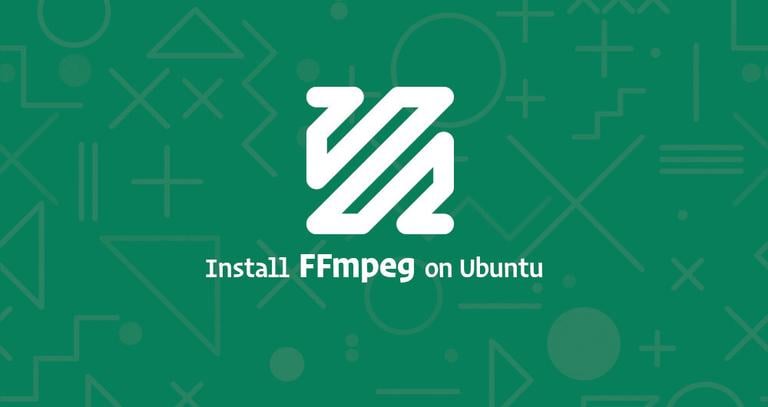How to Install Python 3.7 on Ubuntu 18.04
Updated on
•6 min read

Python is one of the most popular programming languages in the world. With its simple and easy to learn syntax, Python is a great choice for beginners and experienced developers. Python is quite a versatile programming language. It can be used as a scripting language, to build games, develop websites, create machine learning algorithms, and analyze data.
Python 3.7 includes many new features such as postponed evaluation of type annotations, support for data classes and context variables, customization of access to module attributes, and more .
This tutorial describes two ways of installing Python 3.7 on Ubuntu 18.04: By using the standard apt
tool from the deadsnakes
PPA, and by building from the source code.
The same steps apply for Ubuntu 16.04 and any Ubuntu-based distribution, including Kubuntu, Linux Mint, and Elementary OS.
Prerequisites
You’ll need to be logged in as root or user with sudo access to be able to install packages on your Ubuntu system.
Installing Python 3.7 on Ubuntu with Apt
Installing Python 3.7 on Ubuntu with apt is a relatively straightforward process and will only take a few minutes:
Start by updating the packages list and installing the prerequisites:
sudo apt updatesudo apt install software-properties-commonNext, add the deadsnakes PPA to your sources list:
sudo add-apt-repository ppa:deadsnakes/ppaWhen prompted press
Enterto continue:Press [ENTER] to continue or Ctrl-c to cancel adding it.Once the repository is enabled, install Python 3.7 with:
sudo apt install python3.7At this point, Python 3.7 is installed on your Ubuntu system and ready to be used. You can verify it by typing:
python3.7 --versionPython 3.7.3
Installing Python 3.7 on Ubuntu from Source
In this section, we’ll show you how to download and compile Python 3.7:
First, update the packages list and install the packages necessary to build Python source:
sudo apt updatesudo apt install build-essential zlib1g-dev libncurses5-dev libgdbm-dev libnss3-dev libssl-dev libsqlite3-dev libreadline-dev libffi-dev wget libbz2-devDownload the latest release’s source code from the Python download page using the following wget command:
wget https://www.python.org/ftp/python/3.7.4/Python-3.7.4.tgzAt the time of writing this article, the latest release is
3.7.4.Once the download is complete, extract the gzipped tarball :
tar -xf Python-3.7.4.tgzNext, navigate to the Python source directory and run the
configurescript which will perform a number of checks to make sure all of the dependencies on your system are present:cd Python-3.7.4./configure --enable-optimizationsThe
--enable-optimizationsoption will optimize the Python binary by running multiple tests. This makes the build process slower.Start the Python build process using
make:make -j 8For faster build time, modify the
-jflag according to your processor. If you do not know the number of cores in your processor, you can find it by typingnproc. The system used in this guide has 8 cores, so we are using the-j8flag.When the build is done, install the Python binaries by running the following command:
sudo make altinstallDo not use the standard
make installas it will overwrite the default system python3 binary.That’s it. Python 3.7 has been installed and ready to be used. Verify it by typing:
python3.7 --versionThe output will show the Python version:
Python 3.7.4
Conclusion
You have installed Python 3.7 on your Ubuntu 18.04 machine and you can start developing your Python 3 project.
Next, you can read about How to Use Pip and How to Create Python Virtual Environments for different Python projects.
If you have any questions or feedback, feel free to comment below.


